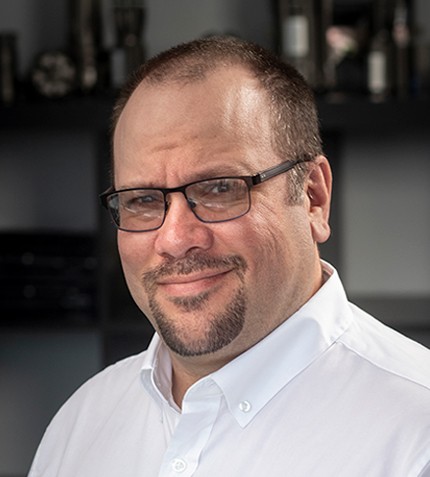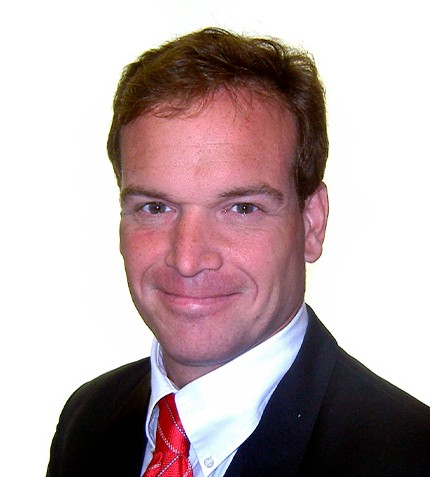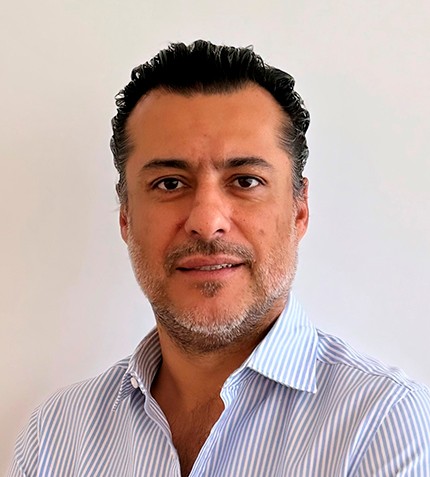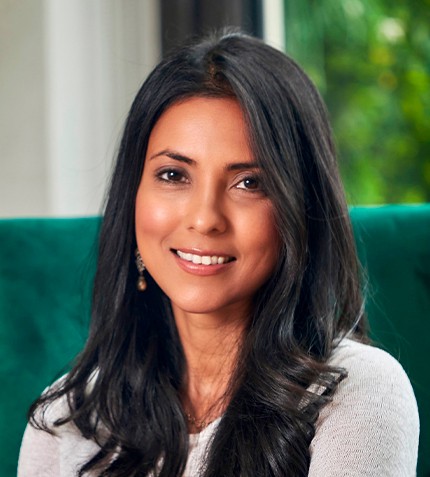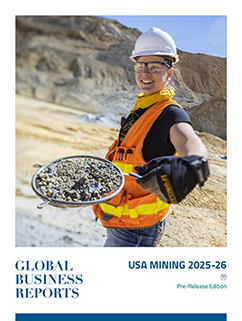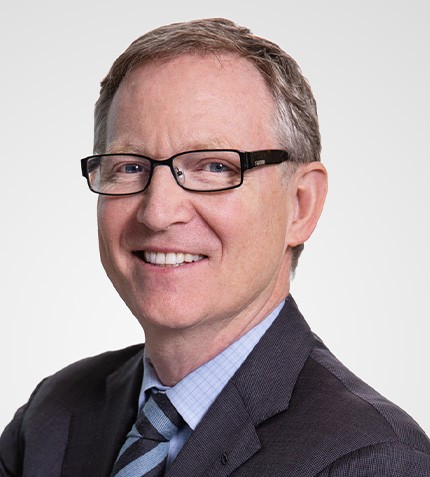
"All three mines are generating good production, and they are doing it within the cost guidance we set for 2022, which very few companies can claim given inflationary pressures that have impacted the industry."
John McCluskey
PRESIDENT AND CEO, ALAMO GOLDS
How would you assess the performance of Alamos Gold throughout the course of 2022?
2022 has been strong for Alamos Gold. It was designed to be lighter on the front end and stronger on the back end due to construction at La Yaqui Grande in Mexico. The mine was completed in June, and we saw the first full quarter of production in Q3. The asset is high grade, it is very good leaching ore, and therefore, it has provided us with low cost production, which helps the whole Mulatos operation. We are also getting good production coming out of our Canadian operations at Island Gold and Young-Davidson. Combined, all three mines are generating good production, and they are doing it within the cost guidance we set for 2022, which very few companies can claim given inflationary pressures that have impacted the industry.
What have been the keys to establishing a declining cost profile over time?
The big changeover was La Yaqui Grande coming online, because it brings Alamos back to mining high grade, fresh ore, which leads to lower cost production. We are also benefiting from the relative strength of the US dollar against the Canadian dollar.
Given current market conditions, does Alamos have a preference regarding allocation of capital toward organic growth vs acquiring new assets?
Until now, it has been far better for Alamos to focus on organic growth because our assets are very strong. La Yaqui Grande has a very high internal rate of return. Moreover, with all the high-grade gold we found at Island Gold, it made sense to expand the infrastructure of that mine to accommodate higher throughput. We are taking Island Gold from producing 1,200 t/d to 2,400 t/d. That is going to increase production from current levels of 130,000 oz/y to around 285,000 oz/y. We were able to maintain that level of production for a long time, and we have pushed reserves and resources at Island Gold in excess of 5 million ounces. With that production rate, we still have approximately 17 years of production in front of us.
It is clear to the market that investments made in our existing projects are highly profitable and lower risk, and shareholders look encouragingly at that. In contrast, stepping out into this market and doing M&A has proved to be very problematic. It is hard to make reasonable deals, and even when you do, it is not necessarily well received by the market. Until the market is sending us very strong signals that they are going to encourage M&A and that they are going to welcome good quality deals, we are going to focus on organic growth.
Alamos is dedicating a sizeable allocation of its exploration budget toward Island Gold. Can you speak to the exploration potential of this asset?
The potential was certainly all there back in 2017 when we made the acquisition. We have since mined over 638,000 oz out of Island Gold, and as of our last reserve update it was sitting at roughly 1.3 million ounces of reserves. It had 750,000 ounces of reserves when we acquired it, so net of depletion, reserves have almost doubled, and reserves and resources have gone from 1.8 million oz to roughly 5 million oz.
I am confident that Island Gold will be among the lowest cost producers in the country for a mine of its scale. To be producing close to 300,000 ounces of gold per year, at all-in sustaining costs in the neighborhood of US$600 per ounce is extraordinary.
What are the keys to continued value creation over time?
The best defense against market volatility has always been to be in the bottom quartile of costs. I also think that there has been a poor appreciation for the importance of reserves and the ability of a mining company to be able to operate through multiple cycles. Companies are not being paid for establishing long reserves.




